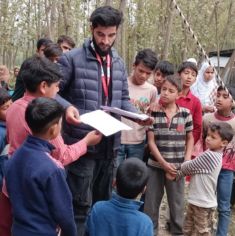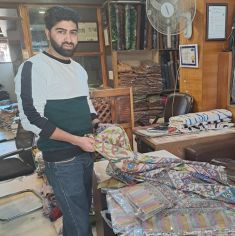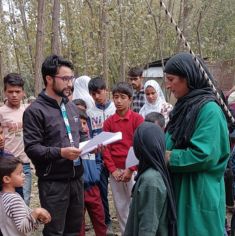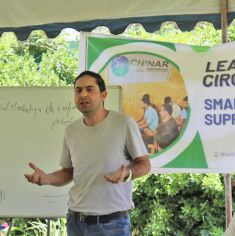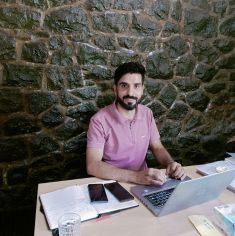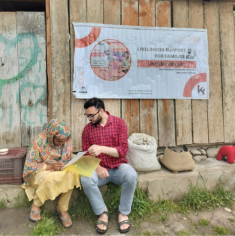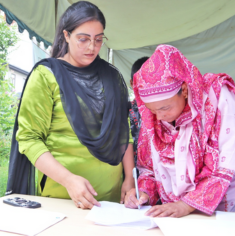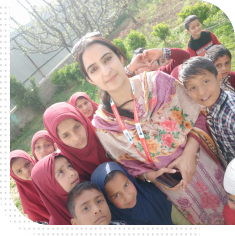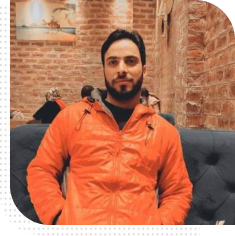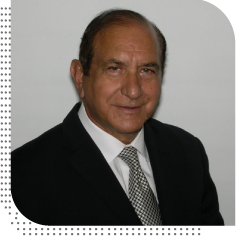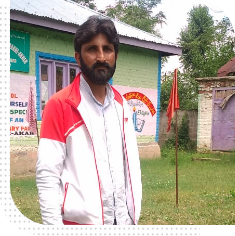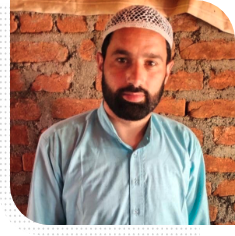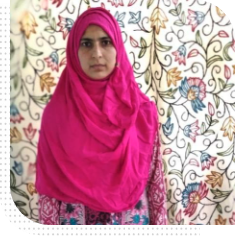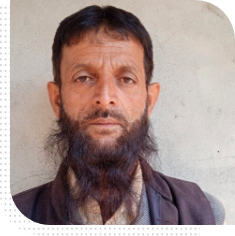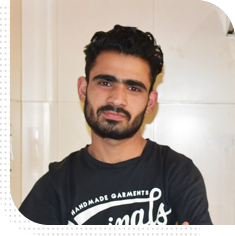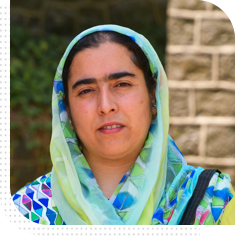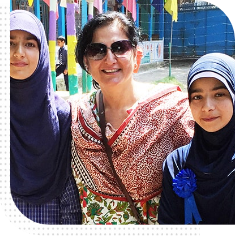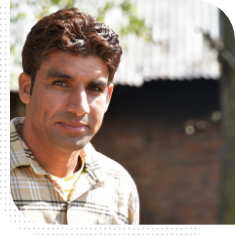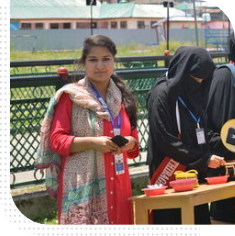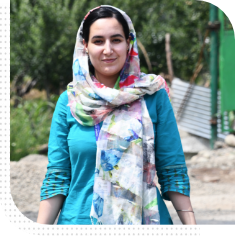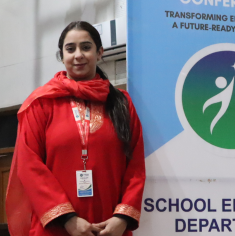Initiation
Problem Identification & Potential Solutions
We conduct in-depth research to identify the existing problems and issues within a community. First, we define the problem on the ground based on facts, figures and observations. Then, we propose promising solutions to address the issue. All of our programs are designed to be scalable, cost-effective and sustainable.
Needs Assessment
Assessment surveys are performed across different villages to identify the need on the ground. We collect both qualitative and quantitative data from selected communities including socio-economic status, family composition, living standards, livelihood, and school dropouts among other things. All assessments are performed in close consultation with local community members, advisors, resource persons and field volunteers.

Planning
Community Engagement & Buy-in
Community is the foundation of our approach. Our teams spend a significant amount of time to establish community buy-in. We build and maintain strong relationships between organizational staff and community members by gaining a deeper understanding of the local context. Local groups are appointed to act as a neutral agency. They oversee the activities on the ground and take up issues of concern with community-level stakeholders. Community ownership increases the success rate of projects and the likelihood of self-sustainability once support is withdrawn.
Beneficiary Identification & Selection
Beneficiaries for our programs are selected in accordance with comprehensive selection criteria and their eligibility is verified by responsible community members. We conduct multiple reference checks, collect baseline data about each individual/family, verify financial status (income, expenditure and assets), perform verification visits to selected individuals/families, make final selections and then sign the contract.

Project & Resource Management
Project scope is defined, a project management plan is developed, roles and responsibilities are assigned and performance measures are established. The project manager is responsible for accomplishing project objectives and deliverables. Field staff (monitors, field officers and local volunteers) are responsible for monitoring the activities on the ground, collecting data, and submitting reports to the district project coordinator. We use proven project management tools and strategies including effective communication, detailed work plans, and weekly and quarterly review of targets to ensure efficient utilisation of resources and to minimize challenges and overhead costs.
Execution
Partnership & Collaboration
We collaborate with local communities, government departments and other NGOs to work collectively towards the attainment of our program goals and objectives. Collaboration with governmental and non-governmental agencies and partnerships with NGOs that have grassroots experience helps us bring transformative social change and minimize the duplication of efforts.
Field Execution
Support reaches our beneficiaries in the form of education, nutrition, health care, livelihood support, skill development, business incubation, entrepreneurship labs, school transformation, emergency aid and many other forms of hope. Our team covers long distances on foot to reach families living in rural areas as the roads are inaccessible with rough terrain. All field staff (monitors, field officers, local volunteers, etc.) are required to follow necessary safety practices and protocols at all times.

Quality Assurance
Quality Assurance is one of the critical aspects in the successful implementation of our projects. Our quality management program uses implementation of standard procedures to ensure optimal utilization of resources, effective monitoring and financial accountability to ensure high quality and successful outcomes across all programs. All processes, policies and standards are followed rigorously and refined on a regular basis to learn and drive continuous improvement.
Performance
Monitoring
A comprehensive monitoring system is adopted on the ground so that any deviation from the goal is identified and addressed in real time. Community members are actively engaged in monitoring and oversight of projects across various districts. Trained field monitors are responsible for collecting and organizing the data on the ground.
Reporting
Project coordinators and program leads analyze and process the data in our main office before entering it into our centralized database. This data is used to generate evaluation reports to share with our stakeholders. Focused budget utilization reviews are held as a part of quarterly program reviews. Newsletters, annual reports and audited financial statements also supplement the statement of accountability.

Evaluation & Impact
Projects and processes are evaluated on a regular basis both internally and externally. Internal evaluations are conducted by designated project leads or by our evaluation team. External evaluations are conducted by consultants or partner organizations. Impact is measured through both qualitative and quantitative assessments. Program efficacy and success are measured using student attendance, learning assessments, out-of-school children surveys, community participation and medical checkups.
Continuous Improvement
Lessons learned from both internal and external evaluations are applied to all programs in order to drive continuous improvement. Our evaluation team assesses the strengths, weaknesses and challenges faced through all phases of the project. Corrections and enhancements are made as required to improve and sustain performance in all areas. All results and conclusions are shared with the project team, donors, partners, individuals and concerned government departments in the form of detailed evaluation reports.
Sustainability
Self-Reliance & Community Transformation
Our end goal is for beneficiaries to become self-reliant so they can act as change agents to support community transformation. Self-reliance and sustainability are considered throughout all phases of the project and are measured using key performance indicators (KPIs) until targets are met. We continue to maintain and strengthen relationships with communities, schools, district administration, and local volunteers to foster a sense of community ownership and accountability. This increases the success rate of projects, the likelihood of self-reliance and the scale of community transformation after beneficiaries graduate from various programs across our intervention areas.









